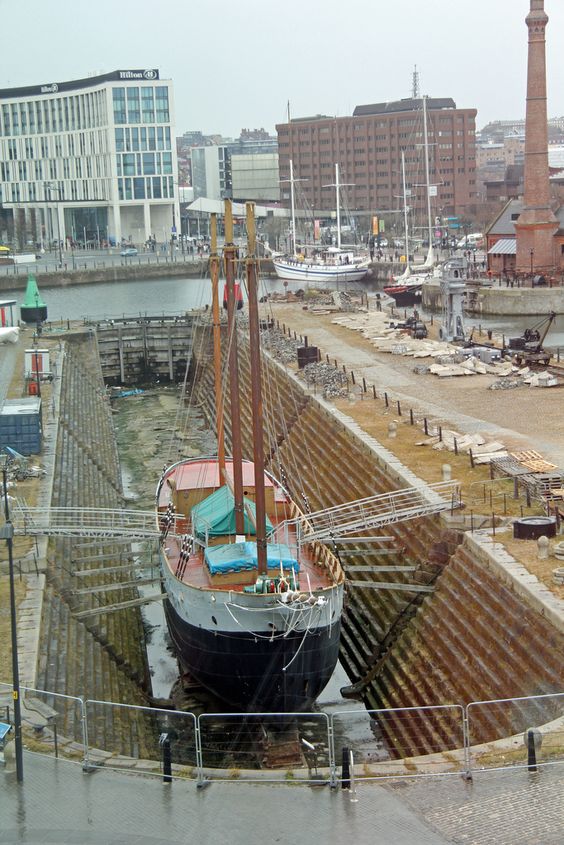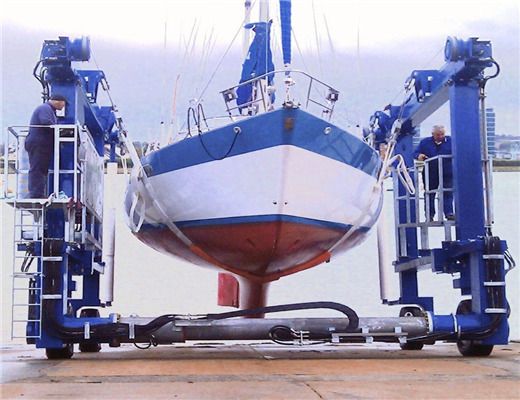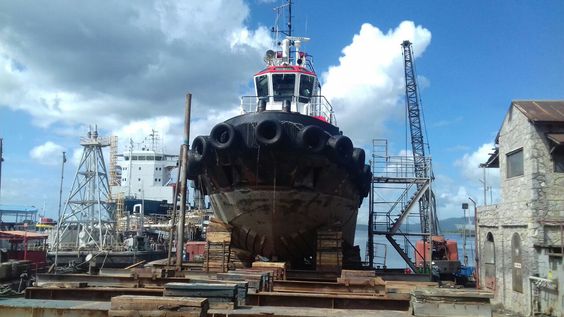Have you ever wondered why marine structures like docks are in demand in global trade? They are widely used for both commercial and household applications. Docks are marine structures made for bringing ships or boats to keep them adrift at even level. They are used to simplify and support the loading and unloading of passengers or goods. For example, a small dock found behind a lakehouse may be used mainly for sending off a light paddled boat.
Let’s discuss further the two main categories of docks and their array of subcategories that might be familiar to you. Check out the list below.
Two Main Types of Docks
 Docks can be classified into two categories – wet and dry docks. Let’s see the difference between the two.
Wet Docks
A wet dock is required for berthing of ships to facilitate the loading and unloading of passengers and cargo. It is also known as harbor dock and somewhat similar to a dry dock. The main difference is that ships, while on it, are kept floating in the water.
1. Wet Docks in Tidal Basins
 Source: https://www.pinterest.ph/pin/450922981431532300/
Source: https://www.pinterest.ph/pin/450922981431532300/
These docks can be used in low tide areas where vessels can lie and discharge cargo. They are found in ports and the open sea coast protected by an outlying breakwater.
2. Wet Docks in Enclosed or Impounded Basins
 Source: https://unsplash.com/photos/Lm3UA_0Ad5E
Source: https://unsplash.com/photos/Lm3UA_0Ad5E
Enclosures form these docks, and the entrances are shut off by lock. They are used where tidal ranges are large; moreover, they maintain a uniform level of water.
A good example is a floating dock or sometimes called a floating harbor that can be made from plastic, wood, or metal. They are usually placed alongside a tidal waterway that maintains a constant level of water, notwithstanding the changing tides. If you wish to look for an excellent maker of plastic floating docks, check out Hisea at their page hiseadock.com.
Dry Docks
A dry dock is a narrow vessel that can be submerged on the water to let a load be drifted in and then drained to allow the particular weight to rest on a dry platform. The primary purpose of a dry dock is to uncover the underwater parts for checkup, repair, and maintenance.
Dry docking is the process of manufacturing, doing periodic repair and maintenance of ships, boats, and other kinds of watercraft in a space called the “lockâ€. A lock serves as the garage for mending boats and the likes. Active vessels that are under the 100A5 category must undergo this method twice every five years, according to SOLAS.
Here are Some Methods of Dry Docking:
1. Graving or Excavated Dry Dock

Source: https://www.pinterest.ph/pin/748301294309709852/
The graving or excavated dry dock is built on the land near the seashore by means of concrete to construct walls, blocks, and gates. It is a long excavated chamber that has sidewalls, semi-circular end walls, and a floor. The open end of the secluded spot is given with a gate and works as the entrance to the dock.
This is the most basic form of the docking system, wherein the vessel is handled inside the dock and rested on the blocks post which the gates are closed, and water is discharged from the boat.
2. Floating Dry Dock

A floating dry dock is particularly used to overhaul and mend vessels that have broken down or met accidents in the middle of the sea. It can lift the ship out of the water and keep it above water through its buoyancy. Its form is a U-shaped structure made of steel, called pontoons.
The U-shaped dock is filled with water, which makes it go underwater, helping the ship to sail. Once the vessel is secured and reached the repair area, the water is then released. This makes the dock rise and exposes the underwater sections of the ship.
3. Syncrolift or Ship Lift Dry Dock

Source: https://www.pinterest.ph/pin/849491548441007720/
A syncrolift or ship lift dry docking method is integrated on vessels that weigh from 800 up to 25,000 tons. A floating dry dock applies the buoyant force, whereas in the syncrolift, the boat is moved onto a platform positioned on the bed of the graving, and both ship and platform are hurled on land by winches installed on each side of the platform.
4. Slipway Dry Dock

Source: https://www.pinterest.ph/pin/673921531713684557/
A slipway dry docking is used for building and repairs of ships and other watercraft. In its simplest form, a slipway is composed of an inclined path of stone or timber laid on stable ground. On this inclined path is a series of fixed rails.
The rails run up an adequate depth of water to the needed height over the high water level to the extent at which the vessel accommodated is entirely out of range of tide. The lower end of the slip is tidal and open to the water.
Conclusion
To sum it up, a dock has two classifications, namely dry dock, and wet dock. Dry docks are generally used for building and mending vessels, whereas wet docks are for loading or unloading of both passengers and cargo.

















































